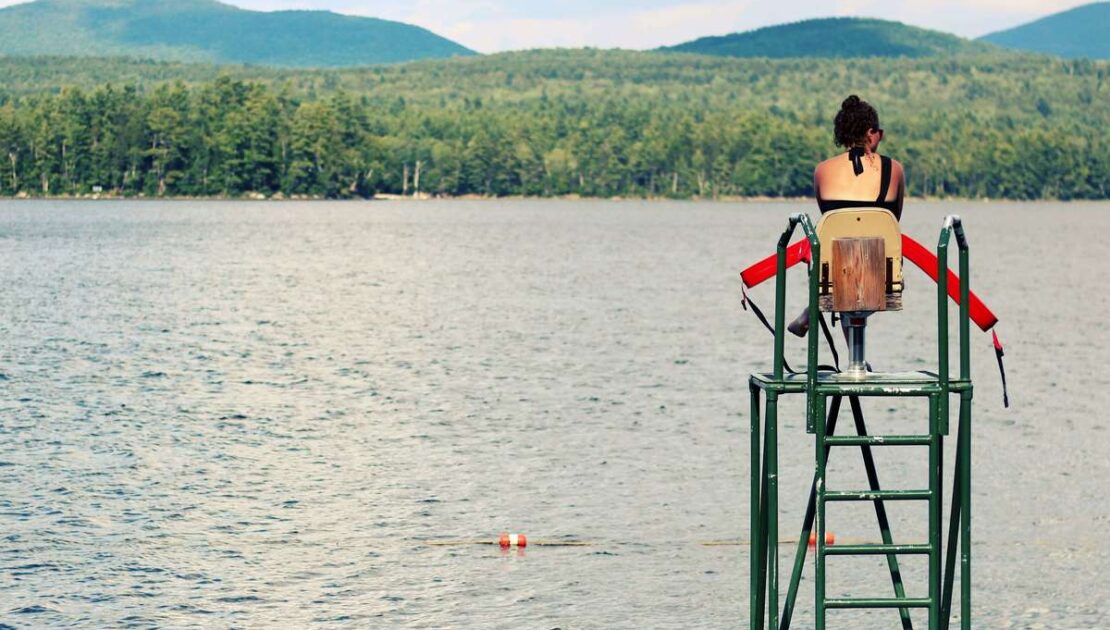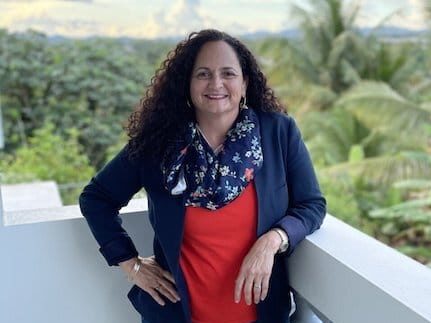A couple of summers ago, I had a swimming scare in Black Lake, Michigan, after jumping off a boat to swim with colleagues. I was accustomed to jumping off boats into the water back home in Florida, but didn’t consider that Michigan summer water is much colder than Florida summer water, that I was less buoyant in fresh water than in salt water, or that in Florida, I always wore a life jacket.
I quickly started to struggle. I had trouble getting air in between each of the waves and the wind was moving the boat farther and farther away from me. As I struggled to keep my head above water, Amanda Ballantyne of the Main Street Alliance, saw from the boat that I was struggling. Thankfully, as a trained lifeguard, she knew better when I told her I was ok. She swam a life jacket to me and helped me get back to the boat.
That experience in Black Lake reminded me that you can’t learn to swim when you’re drowning, caused me to reflect more broadly about how people learn new skills.
Often in community organizing, we teach people how to do the work by throwing them into the deep end of the pool. We assign staff to work in huge geographic areas without a clear plan for their support. We hire directors who have little experience raising money or managing staff. We hire staff who have limited cultural competency and assign them to organize in communities with which they are unfamiliar. Or, we hire staff from the community and don’t listen to their point of view.
As we consider what it takes to create a training program that develops the skills and competencies of community leaders, paid staff and executive directors, we can look to how swimming is taught as guide. We start with lessons and provide both life vests and lifeguards, especially as people are learning.
Lessons foster a baseline of shared information and experiences to which everyone is exposed. My granddaughter Leyla Rose just turned 2, but began swimming lessons as an infant. Just like teaching an infant to swim, organizing leaders and staff need to start with the basics in a safe environment. My granddaughter’s instructors did not throw Leyla into the deep water to assess her skill level. They started with teaching her to kick, put her face underwater and find the edge of the pool. Her instructors gave her plenty of chances to practice with her Mommy or Grandma Delgado helping her along.
Likewise, if you want to help a faith leader expand their moral courage, a program of formation equip leaders to push through fear to courage. The curriculum could include deliberation of sacred texts and stories about overcoming fear, and invite participants to reflect together on their past experiences with fear and courage. People need a place to put their fears on the table without being judged. Creating relationships and spaces for people to name their fears, the roots of those fears and their own practices to overcome them is an important endeavor for a community of practitioners.
Next, leaders and staff should be provided with a life jacket to test what they’ve learned. For example, to test a community leader’s courage she may decide whether or not to take action in public. A recent report by Faith in Action, the Giffords Law Center and the Black and Brown Gun Violence Prevention Consortium tells the story of the Rev. Damita Davis-Howard. When initially confronted with the idea of participating in a community night walk outreach event, she was hesitant. Her friend Barbara Lafitte-Oluwole, who had lost her own son to gun violence, convinced Rev. Damita to participate. With support and encouragement, she was able to test her courage, before going on to lead numerous night walks on her own.
Great movements have guides or lifeguards. Whether paid staff, volunteer community leaders or faith leaders, these guides are people who can illuminate the way with and for community members and staff, because they have already walked the journey before. For example, the Rev. Alvin Herring the executive director of Faith in Action, tells a story about his time in Ferguson, Missouri, after the killing of Michael Brown. In the chaos of the moment, with tear gas raining down, he saw Molly Fleming, a Missouri-based organizer from our team, in the crowd. He grabbed her hand and the two of them ran to safety. Molly was growing her own courage and standing up to the immoral police practices. Rev. Herring, who had seen this type of activity many times before was there to serve as a lifeguard to help show Molly and the others the way to safety. Just as Amanda helped me swim back to the boat when I got in trouble, more experienced leaders and staff can teach those who have less experience.
People who are not equipped to swim in deep water often have trouble even noticing that they need help. Fear overtakes them and they start thinking only of their demise. In order to train relentless champions of freedom, we need to provide an intensive, modern program of experiential learning that is supported with the latest technology and is accessible to the masses.
The ancient philosopher Cicero said, “only the person who is relaxed can create and to that mind ideas flow like lightning.” May we provide the tools that allow our leaders to be relaxed and at their best when navigating even the most troubled waters on behalf of their families and children. Our communities, our country and our world deserve nothing less. Let’s give it to them.





